
Personal Protective Equipment (PPE) is essential in safeguarding workers from risks in hazardous environments. But ensuring that PPE itself is safe and effective requires rigorous testing, thoughtful selection, and regular training. PPE acts as the last line of defense when all other safety measures are in place, and its effectiveness depends on proper design, fit, and application within specific work settings. Here’s how we ensure PPE is safe for use and why it’s indispensable in risk management.
Ensuring PPE safety requires understanding its role, selecting the appropriate equipment for hazards, and rigorously testing each item to meet regulatory standards.
Why is personal protective equipment considered the last defense in preventing hazards?
PPE is viewed as the final layer of protection, only used when all other hazard controls—like engineering and administrative controls—are insufficient.
PPE is the last defense because it does not eliminate the hazard but simply provides a physical barrier between the hazard and the worker.
| Control Type | Examples | Purpose |
|---|---|---|
| Engineering Controls | Ventilation, isolation barriers | Reduces exposure at the source |
| Administrative Controls | Training, procedural changes | Reduces duration or frequency of exposure |
| Personal Protective Equipment | Gloves, respirators, safety goggles | Shields worker from hazard exposure |
Key Reasons for PPE as Last Defense
- Hazard Control Hierarchy: According to safety protocols, hazard elimination and substitution are prioritized before using PPE.
- Limitations of PPE: PPE can be uncomfortable, reduce mobility, and may fail if not properly maintained or fitted.
- Effectiveness Dependence: PPE only protects when used correctly and consistently, unlike other controls that don’t rely on human behavior.
In essence, PPE is critical, but it’s a barrier rather than a complete solution. Its effectiveness is maximized when it supplements other safety measures.
Why is it important to use PPE when handling materials and equipment?
Handling materials and equipment often involves exposure to risks like sharp objects, chemicals, and heavy machinery, making PPE crucial for personal safety.
PPE minimizes injury risks when handling hazardous materials by providing specific protection tailored to the nature of the hazard.
| Material/Equipment Type | Associated Hazards | Recommended PPE |
|---|---|---|
| Chemicals | Skin irritation, inhalation risks | Chemical-resistant gloves, respirators |
| Heavy machinery | Impact, crush injuries | Steel-toed boots, helmets |
| Sharp tools or materials | Cuts, abrasions | Cut-resistant gloves |
| Biological materials | Infection, contamination | Disposable gloves, gowns, face shields |
Importance of PPE in Material Handling
- Barrier Against Physical Hazards: Gloves and protective clothing prevent cuts, abrasions, and skin exposure to harmful substances.
- Prevention of Respiratory Issues: Respirators shield workers from inhaling dust, fumes, and toxic particles.
- Infection Control: In healthcare or laboratories, PPE like masks and gloves prevent contamination and infection.
PPE ensures that even when a hazard is present, the worker is shielded, reducing the risk of direct injury or exposure to harmful substances.
How is the necessary PPE determined for a hazardous situation?
The selection of PPE is based on a thorough hazard assessment of the work environment, taking into account the type, level, and duration of exposure.
The necessary PPE is determined through a risk assessment process that identifies specific hazards and matches them with appropriate protective equipment.
Steps in Determining Necessary PPE:
- Hazard Identification: Identify potential hazards such as chemical exposure, physical impact, or biohazards.
- Risk Assessment: Evaluate the risk level (low, medium, high) based on exposure duration, frequency, and hazard severity.
- PPE Selection: Choose PPE that specifically addresses the identified hazards and is compatible with other PPE, if needed.
- Testing and Certification: Ensure that selected PPE meets regulatory standards for protection against the specific hazard.
| Hazard Type | Assessment Factor | Example PPE Required |
|---|---|---|
| Chemical | Toxicity level, exposure route | Chemical-resistant gloves, goggles |
| Physical | Impact force, exposure frequency | Hard hats, steel-toed boots |
| Biological | Contamination risk, infection rate | Masks, gloves, gowns |
| Thermal | Temperature extremes | Insulated gloves, flame-resistant clothing |
Practical Application of PPE Selection
For instance, if a lab worker is handling toxic chemicals, the assessment would reveal the need for chemical-resistant gloves and possibly a face shield if there’s a risk of splashes. For construction workers exposed to falling objects, hard hats and steel-toed boots are chosen for impact protection.
What is PPE and how can it help to reduce risks and hazards at the workplace?
PPE refers to specialized gear that protects workers from physical, chemical, biological, and other workplace hazards.
PPE helps reduce risks by acting as a shield between workers and hazardous elements, lowering the chances of injury or illness.
| PPE Category | Example Equipment | Purpose |
|---|---|---|
| Head Protection | Hard hats, bump caps | Prevents head injuries from impact |
| Respiratory Protection | Masks, respirators | Filters airborne contaminants |
| Hand Protection | Gloves (nitrile, latex, leather) | Protects hands from cuts, chemicals |
| Eye and Face Protection | Safety goggles, face shields | Shields eyes from debris, chemicals |
| Body Protection | Coveralls, aprons | Protects skin from chemical spills, flames |
| Foot Protection | Steel-toed boots, slip-resistant shoes | Prevents foot injuries from heavy objects |
How PPE Reduces Workplace Risks
- Physical Hazards: Hard hats, gloves, and steel-toed boots protect workers from impacts, cuts, and crushing injuries.
- Chemical Hazards: Chemical-resistant gloves and goggles protect skin and eyes from toxic or corrosive substances.
- Airborne Hazards: Respirators and masks filter airborne particulates, protecting workers from respiratory illnesses.
The Role of PPE in Comprehensive Safety
PPE complements other risk reduction methods in the workplace, such as engineering controls and safety protocols. By selecting appropriate PPE based on specific workplace hazards, businesses can significantly reduce the incidence of accidents and occupational diseases.
Conclusion
Ensuring PPE safety involves selecting equipment that not only meets industry standards but also aligns with the specific hazards of the work environment. While PPE serves as the last line of defense, it is indispensable when handling hazardous materials and equipment, reducing exposure risks. Through a systematic assessment of workplace hazards, the appropriate PPE can be determined, tested, and certified, offering reliable protection and reducing risks across various industries.
By understanding the role of PPE and ensuring it is effectively used and maintained, businesses create a safer, more resilient workplace for their employees.
Zion Zhang
Recent Posts
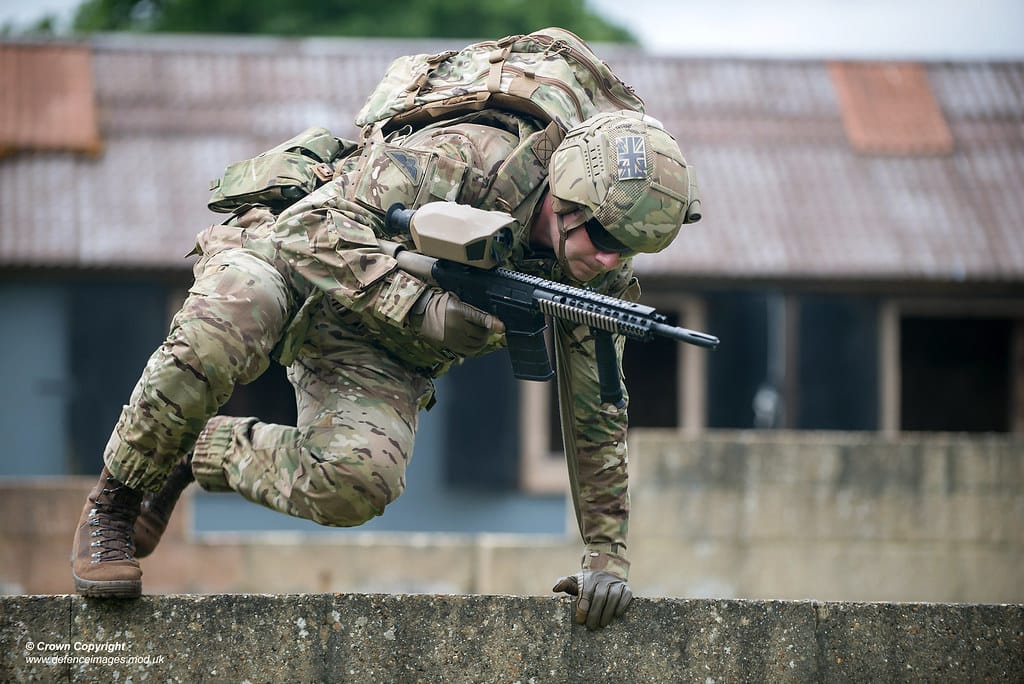 Where would you get custom body armor and is it possible?2024年12月6日Where would you get custom body armor and is it possible? […]
Where would you get custom body armor and is it possible?2024年12月6日Where would you get custom body armor and is it possible? […]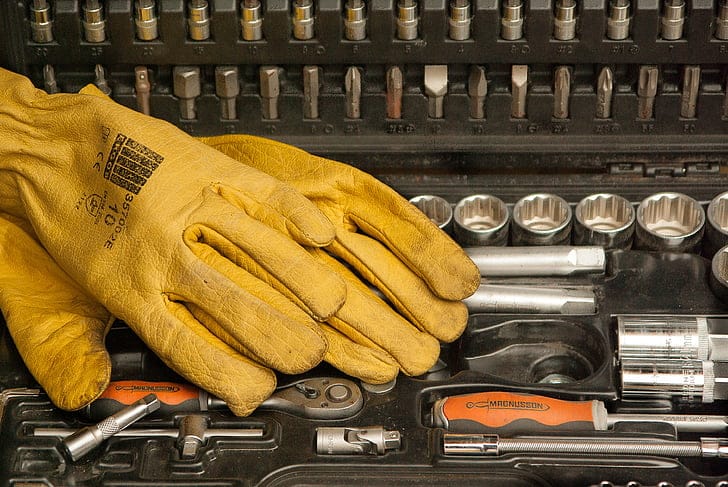 What are warehouse gloves?2024年11月23日Warehouse gloves are an essential type of personal […]
What are warehouse gloves?2024年11月23日Warehouse gloves are an essential type of personal […]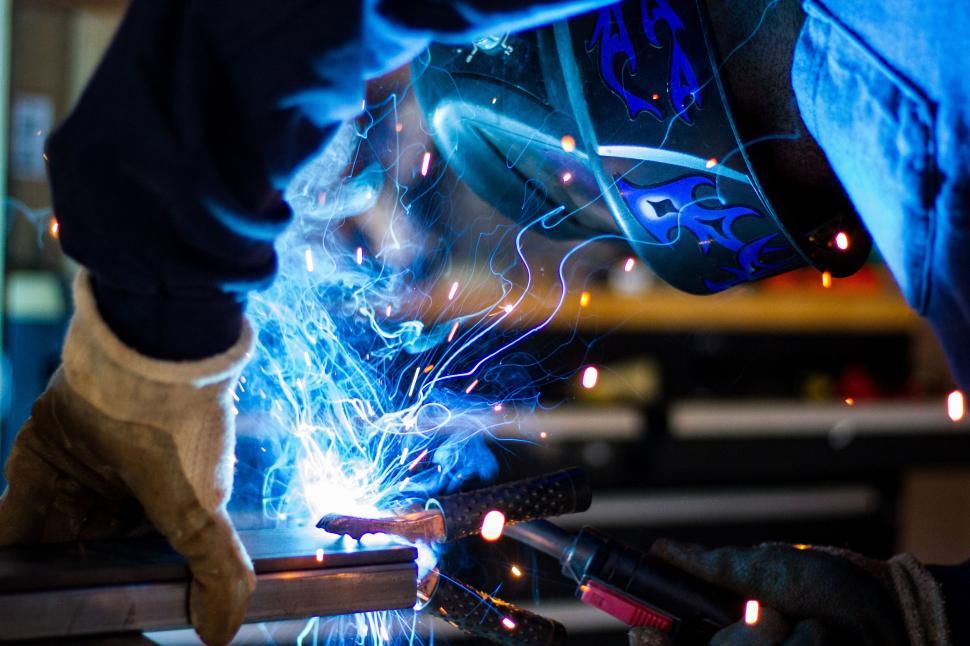 How to select the perfect welding gloves for your projects?2024年11月23日Selecting the right welding gloves is a critical decision […]
How to select the perfect welding gloves for your projects?2024年11月23日Selecting the right welding gloves is a critical decision […]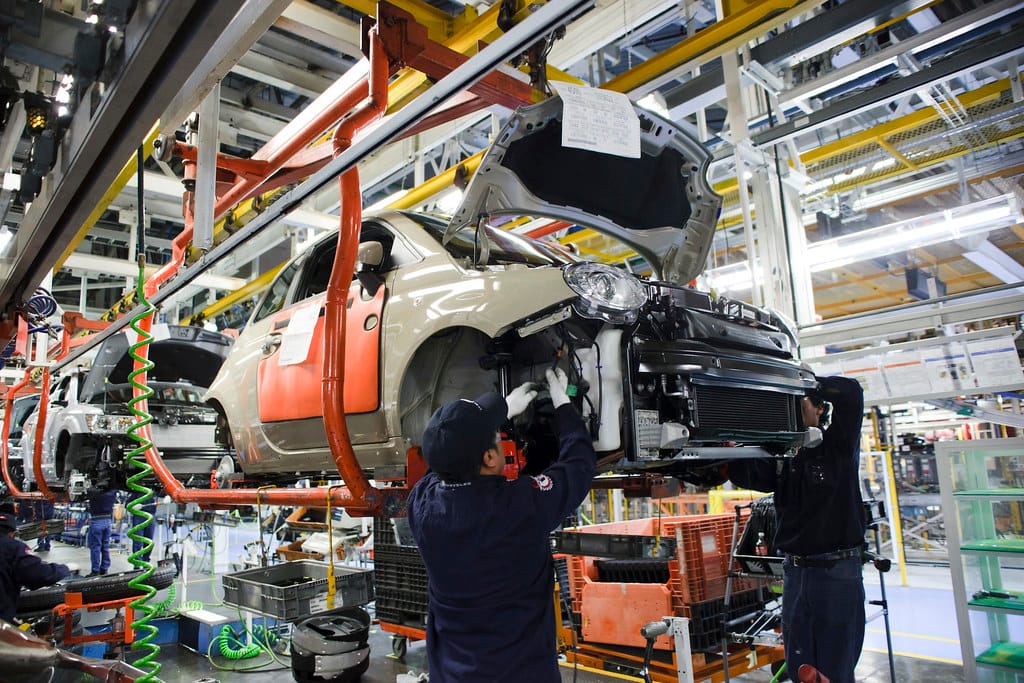 What’s it like to work at an assembly line factory?2024年11月22日Working at an assembly line factory is a unique experience. […]
What’s it like to work at an assembly line factory?2024年11月22日Working at an assembly line factory is a unique experience. […]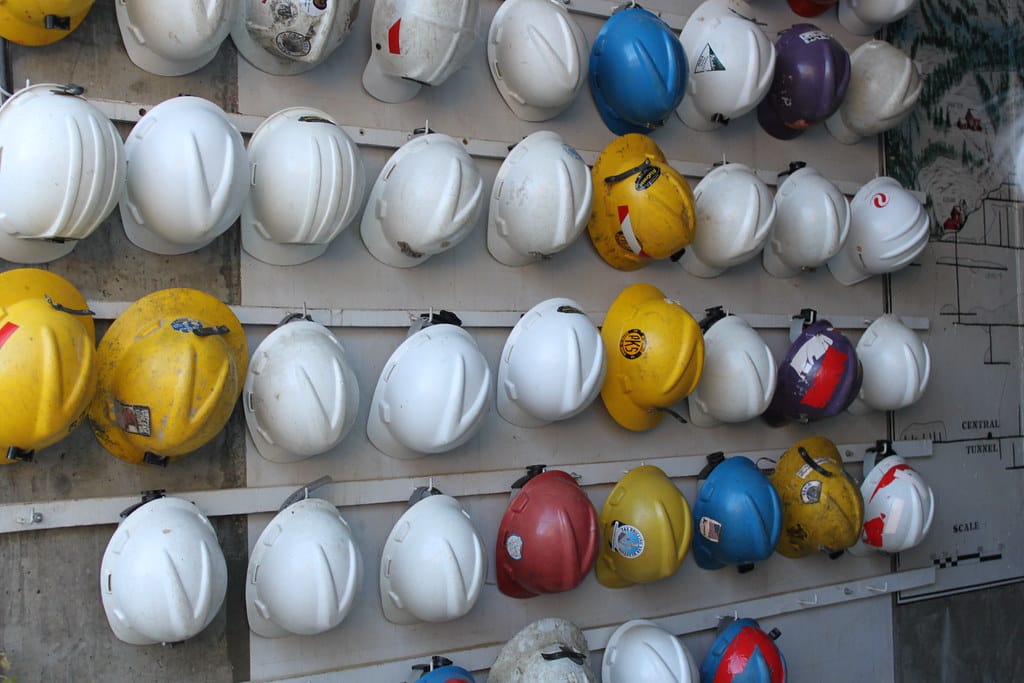 Why do engineers and architects wear different safety caps?2024年11月22日Engineers and architects play crucial roles on construction […]
Why do engineers and architects wear different safety caps?2024年11月22日Engineers and architects play crucial roles on construction […]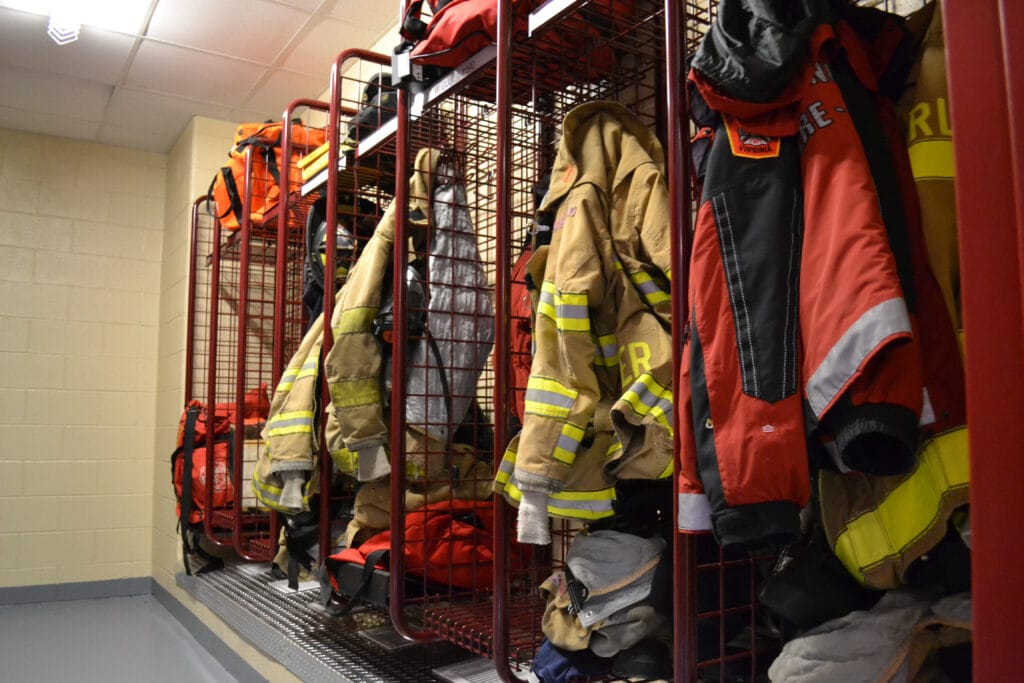 What are the PPE for firefighting?2024年11月22日Firefighting is one of the most hazardous professions, […]
What are the PPE for firefighting?2024年11月22日Firefighting is one of the most hazardous professions, […]
CONTACT US
- Feel free to contact us any time. We will get back to you as soon as we can!
- +86-17330061805
